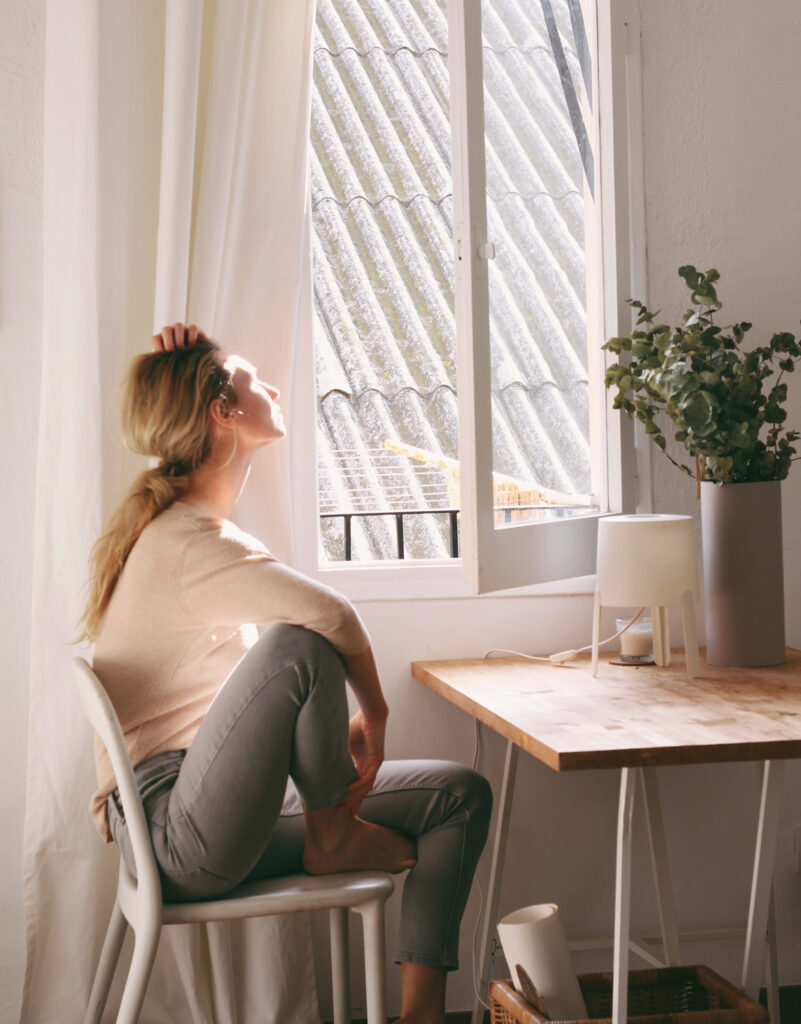Did you know that a well-lit home can dramatically improve our mental health? Interior design psychology expert, Niki Schafer, helps us understand how to choose the best lights for every room.
How to light your home the right way? Lighting is probably the most important thing you have to consider when renting or buying a home. Deciding which kind of lights to use in every room of your house or flat, though, can change the outcome quite dramatically.
Light is essential for aesthetic reasons, but not only that. Having a well-lit home makes it easier to live in the space and, especially when considering natural light, can improve our mood and our mental health.
Many studies suggest that natural and artificial bright light, particularly in the morning, can significantly improve health concerns such as depression, agitation and seasonal affective disorder. Having good lighting in your house during the day also helps to get a better night sleep.
When living in a city, especially during the gloomy winter, it’s hard to find a home that is blessed with natural light. When having to only count on artificial light, choosing the right lights for your space can be tricky. To better navigate the problem, we asked interior design psychology expert, Niki Schafer, to help us understand how to choose the best lights for every room in our home.

Turn up the heat
“Never underestimate the power of the perfect lightbulb. The temperature of a bulb is measured in Kelvins. While high Kelvins give more neutral white light to create an energising, bright, vibrant environment, it’s the low Kelvins that generate warmer, cosier lights.
A light that you want to sit by and feel cosy, needs to be a lovely yellow or peach coloured light – and 2700 on the Kelvin scale is ideal. To give this some comparison, bright daylight can be up to 6500K, and a fire is lower still – around 1900, which is super cosy but perhaps a little difficult to see by!”
Hallway
“When thinking about how to make your home a cosy haven from the outside world, it’s best to start the journey in the hallway. As the first interior space you see after a long day, it immediately sets the scene of relaxation before you get further into the home.
You’ll need somewhere to empty your pockets, unload your keys and look through the post, so I always advise setting up a table lamp with a temperature of 2700 Kelvins on a console. This space, and especially its light, is essential for setting the scene of relaxation before you get further into your home.”
Bedroom
“Bedside table lamps are a great feature to the room as they flank a bed and look wonderful in their symmetry. In the space where we most need to switch off, it’s really important that your lights produce a relaxing glow as you settle into bed at night. Consider a separate reading light but keep the bedside light as a more romantic or cosy light source.
Of course, all light will be impacted by the colours around it – darker, warmer colours absorb some of the light, whereas white and lighter colours will bounce it around more. All of these can be taken into consideration so think carefully about how you want to feel in each space you are designing your lighting for.”
Kitchen
“Kitchens require brighter light when you’re working in them, but it’s nice to turn the glare down when you’re eating or just enjoying a glass of wine. A cluster of pendant lights above a dining table is a gorgeous way to set the scene for mealtimes – but make sure you always use a dimmable switch to add a hint of romance to the dinner.
A pendant light is also brilliant as acting as a focal point, statement piece, or even a conversation starter. From modern and sleek to ornate and dramatic, there are no limits to the impression you can create.”
Picture: Samson Katt


